What's Buzzing
Gauraveshwar Singh receives the BizCon Award 2023

Himalayan Buzz Academy Co-Founder Gauraveshwar Singh receives the BizCon Award 2023.
Gauraveshwar Singh, the Co-Founder of “Himalayan Buzz AdMedia” and “Himalayan Buzz Academy“, was recently honored with the “BizCon Award” for Best Model and Pageant Training Academy in Dehradun. The award ceremony took place on 5th February, 2023 at the “Hotel Sarovar Premiere” in Dehradun. The award was presented to Gauraveshwar Singh by the popular Bollywood actress “Prachi Desai“.

BizCon India is a premier platform that offers startups and companies an opportunity to showcase their ideas, skills, talent, and stories. The event is a platform for the best businesses to come forward and present their services, making it possible for their hard work to be recognized and rewarded.
The BizCon Awards are a symbol of excellence and reward the individuals and organizations that have contributed to the growth and development of their respective industries.
Gauraveshwar Singh’s recognition at the BizCon Awards is a testament to his dedication and hard work in the field of model and pageant training and he has been instrumental in providing quality training and support to aspiring models and has helped many achieve their goals in this highly competitive industry. The award is a great achievement for him and is a recognition of his efforts in the field.
This award is a reflection of his hard work and dedication, and a testament to the success of his efforts in the field.
Also Read – “Know the journey of Gauraveshwar Singh, Co-founder Of Himalayan Buzz”
Follow Us – Dis_cultured
Entertainment
Uttarakhand Wedding Awards 2025: Celebrating the State’s Journey Towards Becoming a Premier Global Wedding Destination
Uttarakhand Wedding Awards

Dehradun, 14th September 2025 – The Uttarakhand Wedding Awards 2025 lit up the evening skies at Hyatt Centric, Dehradun, with a dazzling celebration of excellence, creativity, and vision in the wedding industry.
Organized by Himalayan Buzz Admedia LLP, in association with The Big Daddy Events Co., the event brought together leaders from the wedding, hospitality, and tourism sectors to recognize excellence and lay the foundation for Uttarakhand’s emergence as a world-class wedding destination.
The glittering evening featured an exclusive guest list of wedding planners, hoteliers, tourism officials, and government representatives, all working collectively towards transforming Uttarakhand into a premier hub for wedding tourism.
Dignitaries Grace the Occasion
The awards night witnessed the presence of eminent dignitaries who have been instrumental in shaping the state’s cultural and tourism landscape. The event was graced by Maharani of Tehri Garhwal and Member of Parliament, Mala Rajya Laxmi Shah, attending as the Chief Guest. Her presence added a touch of regal elegance and highlighted the importance of preserving Uttarakhand’s rich heritage while promoting it as a global wedding destination.
Accompanying her were other distinguished Guests of Honor, including Mrs. Tripti Juyal Semwal, Vice President of Maya Devi University, Mrs. Poonam Chand, Additional Director at Uttarakhand Tourism, and Shri Saurabh Thapliyal, Mayor of Dehradun. Their combined presence underscored the collaborative effort between government bodies, academia, and industry leaders to elevate Uttarakhand’s wedding tourism ecosystem.
Strategic Industry Dialogue – Vision & Mission 2030
One of the evening’s most significant highlights was a panel discussion on “Uttarakhand Wedding Vision & Mission 2030 – Building a Sustainable, Spiritual, and World-Class ‘Wed in India’ Destination.”
The panel featured some of the most prominent voices from the wedding and hospitality sectors. Esteemed panelists included Ravi Goel, Co-founder of The Big Daddy Events; Gaurav Chanana, Whistling Teel; Rishabh Panchhi, Panchhi Events; Ayu Tripathi, Director, Aahana Resort, Jim Corbett; Ajit Singh Gandhi, General Manager, Hyatt Centric Rajpur Dehradun; and Malabika Das, Director of Celebrations, Hyatt Regency Dehradun Resort and Spa.
The session was moderated by Avinash Mishra, Founder of Badmash Kebabi, ensuring a seamless exchange of ideas and perspectives.
Recognizing Excellence – Winners of Uttarakhand Wedding Awards 2025
The evening culminated in honoring outstanding individuals and organizations whose work has set new benchmarks for quality, creativity, and service in the wedding industry. From luxury resorts and planners to designers and service providers, each winner demonstrated exceptional innovation and dedication to building world-class wedding experiences in Uttarakhand.
Uttarakhand Wedding Awards 2025 – Winners
- Best Wedding Venue – Luxury Hotel – Taj Mussoorie Foothills, Dehradun
- Best Wedding Venue – 5 Star Hotel – Hyatt Regency Dehradun Resort and Spa
- Best Wedding Venue – Luxury Resort – Aahana Resort, Jim Corbett
- Best Wedding Venue – Resort – Saraca Resort & Spa, Corbett
- Best Wedding Venue – Ganges Beach – Summit by the Ganges, Rishikesh
- Best Wedding Venue – Heritage Hotel – Hotel Chevron Fairhavens, Nainital
- Best Wedding Venue – Bespoke – Hyatt Regency Dehradun Resort and Spa
- Best Wedding Venue – Mid Size – Regenta, Dehradun
- Best Wedding Venue – City – Hyatt Centric, Rajpur Road, Dehradun
- Best Wedding Venue – Midscale Destination Wedding – Pride Premier Solitaire, Dehradun
- Best Wedding Venue – Lakefront – The Lake Resort, Naukuchiatal
- Best Wedding Venue – Lawn – Qupid by Saffron Leaf
- Best Wedding Venue – Pre-Wedding Ceremonies – The Fern Brentwood Resort, Mussoorie
- Best MICE Venue – Hyatt Centric, Rajpur Road, Dehradun
- Upcoming Luxury Wedding Venue – Paatlidun Safari Lodge
- Best Wedding Venue – Riverside – Maldevta Farms, Dehradun
- Best Wedding Venue – Boutique Resort – AAR Resorts & Spa
- Best Bakery – Wedding Cakes – Ellora’s Melting Moments
- Best Wedding Photographer – Intenselovestory by Kuldeep Semwal
These winners are not only redefining the wedding landscape of Uttarakhand but also helping the state gain recognition as a leading destination for grand celebrations and luxury weddings.
Leadership Speaks
Sharing her thoughts on the event, Namrata Bhandari, Editor-in-Chief, Himalayan Buzz Magazine, stated:
“Uttarakhand is blessed with a rare combination of breathtaking landscapes and world-class hospitality. Through these awards, our aim is to spotlight the talented individuals and organizations working tirelessly to make the state a top choice for weddings and celebrations.”
Adding to this, Gauraveshwar Singh, Co-founder, Himalayan Buzz, remarked:
“The Uttarakhand Wedding Awards are not just about recognition but about building a collaborative platform that unites the wedding industry. This initiative is a step forward in positioning Uttarakhand as a global wedding hub while fostering sustainable growth and innovation.”
About Uttarakhand Wedding Awards
The Uttarakhand Wedding Awards is a flagship initiative by Himalayan Buzz Admedia LLP. The awards celebrate individuals and organizations driving growth in the wedding and events industry while promoting Uttarakhand as one of India’s most desirable wedding destinations.
With Himalayan Buzz at the forefront, the initiative focuses on fostering excellence, sustainability, and innovation, ensuring that Uttarakhand’s wedding tourism sector thrives and competes on a global stage.
Media Contact:
Himalayan Buzz Admedia LLP
📧 Email: info@himalayanbuzz.com
📞 Phone: +91-70373 99960
#UttarakhandWeddingAwards #WedInUttarakhand #UWA25
Also Read: National Food Awards 2025: A Celebration of Legacy, Labour, and Local Wisdom in Indian Food
Events
National Food Awards 2025: A Celebration of Legacy, Labour, and Local Wisdom in Indian Food
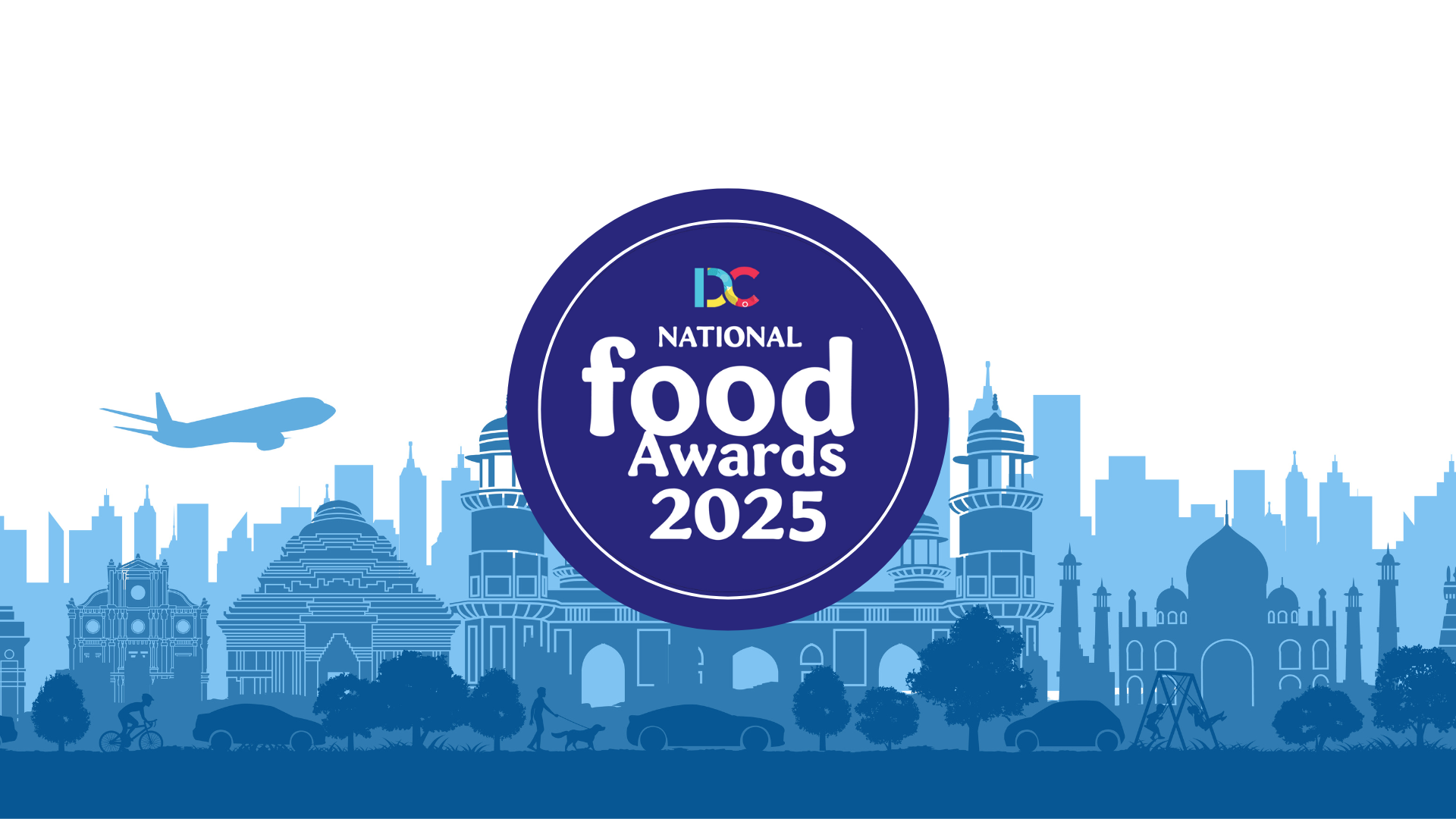
Discultured’s National Food Awards 2025 is set to take place this November in Delhi, bringing together the voices, stories, and talent shaping India’s food culture today.
Food in India has never been just about sustenance. It’s a reflection of who we are, where we come from, and how we live, with every meal carrying the weight of memory, geography, and tradition in a way that few other cultural markers do. Street food served hot at roadside stalls, thalis packed with local seasonal produce, intricately plated dishes at fine-dining restaurants reimagining familiar flavours, home kitchens keeping traditional recipes alive, and cafes experimenting with global influences come together to form a food culture that continues to evolve while staying firmly rooted in regional identity and generational knowledge.
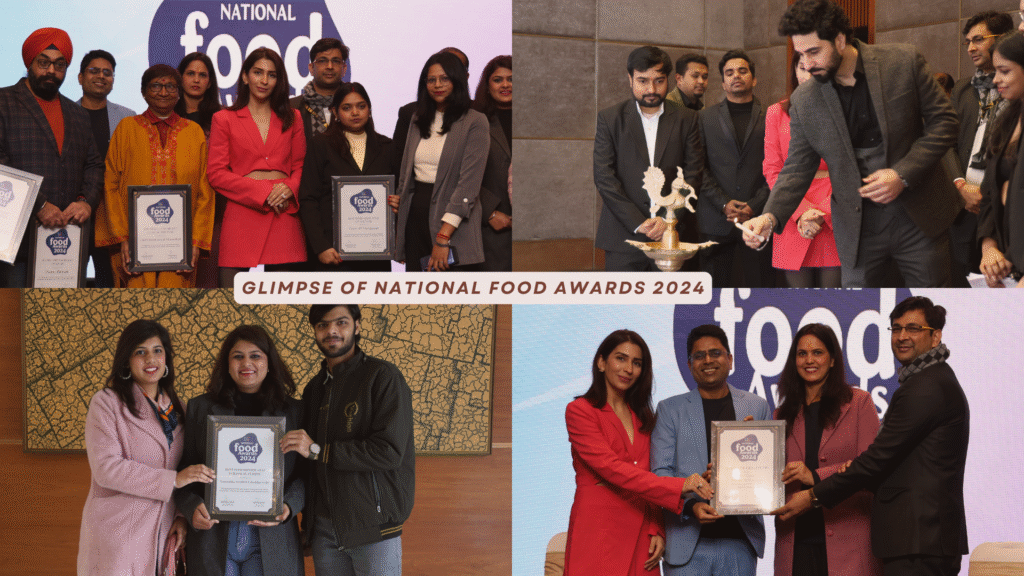
When we hosted the first edition of the National Food Awards, our intention was to draw attention to the people who are making a real impact in this space, not just those with visibility, but also those whose work often goes unnoticed despite playing a crucial role in influencing how we think about food in India today. We celebrated chefs holding on to legacy recipes, restaurants offering thoughtful experiences, and food entrepreneurs bringing in new ways of thinking, and through all of it, what became clear was that Indian food culture is being carried forward by people who are invested in its legacy, its present realities, and the possibilities it holds for change.
This year, as we return with the 2025 edition, the intent remains the same, which is to celebrate the minds, hands, and ideas that continue to influence the way India thinks about food. What makes this platform unique is that it doesn’t only look at the obvious or the already celebrated. It goes deeper, recognising those who work behind the scenes, often without a spotlight, but whose impact is far-reaching.
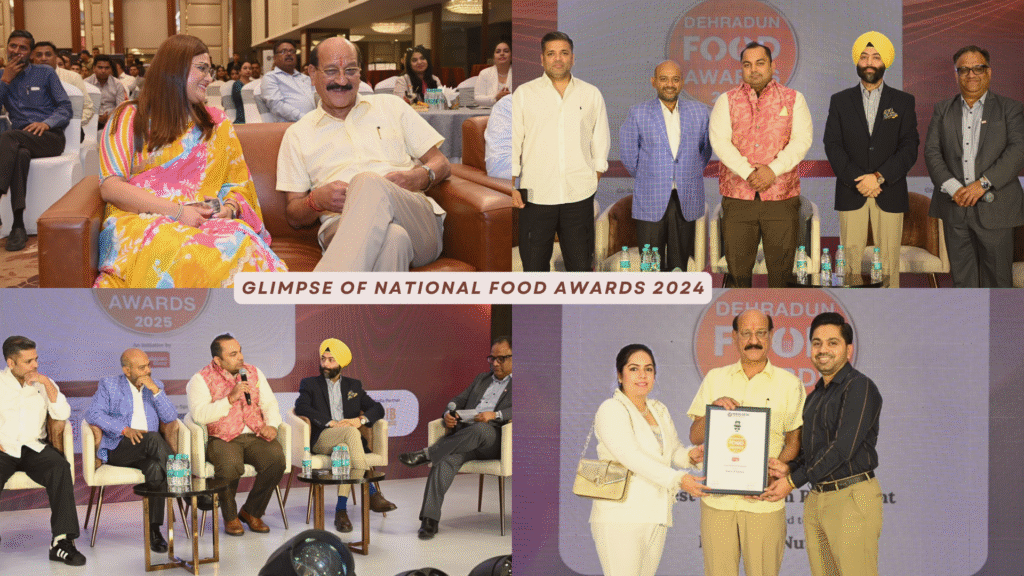
As the food industry continues to go through its own changes, driven by the trends of sustainability, accessibility, digital influence, and a return to local wisdom, we believe it’s important to create space for dialogue, recognition, and representation. The National Food Awards is our small contribution to that larger conversation.
This November in Delhi, we look forward to meeting the people who are changing the food map of the country with their own unique contributions and to telling their stories the way they deserve to be told.
If you’re a chef, restaurant, food entrepreneur, or someone building meaningful work in the food space, this is your moment. Check out the categories and register now to be considered for the National Food Awards 2025.
Also Read: The Biggest Moments for Indian Cinema at Cannes 2025 That Had Everyone Talking
Register Here : National Food Awards
Entertainment
Weekly Pop Culture Recap: Beyoncé Wears Custom Manish Malhotra at Cowboy Carter Tour Stop in Paris, Prada SS26 Criticized for Uncredited Use of Kolhapuri-Inspired Sandals

It’s been an interesting week across pop culture and fashion, full of moments that made us pause, think and take note. Catch up on everything that mattered, all in one place.
Beyoncé Wears Custom Manish Malhotra at Cowboy Carter Tour in Paris

Beyoncé delivered a sartorial statement during the Paris leg of her Cowboy Carter Tour 2025, commanding the stage at Stade de France in a custom creation by Indian couturier Manish Malhotra. The look not only complemented her performance but also marked a milestone moment for Indian design on an international platform.
The ensemble was an interplay of glamour and Western-inspired edge. A sleek black bodysuit, encrusted with crystals, was paired with thigh-high embellished boots and structured metallic detailing at the waist bringing together precision craftsmanship with bold stage presence.
Prada Spring/Summer 2026 Faces Backlash for Uncredited Use of Indian Kolhapuri Chappals

Prada’s Spring/Summer 2026 Menswear Show, held on June 22 at Fondazione Prada’s Deposito in Milan, is under fire. While the collection, designed by Miuccia Prada and Raf Simons, featured a range of soft, youthful silhouettes and minimalist set design, it was the footwear that grabbed attention online, especially from Indian audiences.
The flat, tan leather sandals with toe loops bore a striking resemblance to Kolhapuri chappals which is a traditional Indian footwear handcrafted in Kolhapur, Maharashtra. These chappals, protected under India’s Geographical Indication (GI) tag since 2019, are not just functional items but cultural artifacts passed down through generations.
Despite the obvious inspiration, neither the show notes nor the invitations made any reference to India or the artisans behind the original design. The omission has led to criticism, with many accusing the luxury fashion house of cultural appropriation. People are pointing out how global fashion brands often borrow from South Asian aesthetics without acknowledging the communities they come from.
While some Indian users expressed pride at seeing a homegrown design on a global runway, the larger conversation centered on the industry’s persistent blind spot when it comes to giving credit where it’s due. This oversight feels tone-deaf and all too familiar.
All Seven BTS Members Complete Military Service, Fans Eager for What’s Next
BTS is once again dominating conversations worldwide, and this time it’s for a long-awaited reason. All seven members—RM, Jin, Suga, J-Hope, Jimin, V, and Jungkook—have officially completed their mandatory military service in South Korea. With Suga, the final member, discharged on June 21, 2025, after serving as a social service agent, the group’s chapter of enlistment has come to a close. Naturally, anticipation is at an all-time high as fans eagerly await what’s next for the global superstars.
Stray Kids’ Seungmin Joins Burberry as New Brand Ambassador

British luxury label Burberry has officially announced Seungmin of Stray Kids as its newest brand ambassador. In a statement released on June 17, the fashion house praised Seungmin’s individuality and creative spirit, noting that his bold presence in both music and fashion aligns seamlessly with Burberry’s vision.
Creative director Daniel Lee welcomed him to the brand, saying, “We’re excited to have Seungmin join the Burberry family. His distinct style and energy bring a fresh perspective to our ongoing journey.” Reflecting on the partnership, Seungmin shared, “Becoming a Burberry ambassador is truly an honor. The brand’s heritage and identity inspire me, and I’m looking forward to what we’ll create together.”
Also Read: Sabrina Carpenter’s Man’s Best Friend and the Politics of Pop Imagery
Follow us for more : Dis_cultured
-
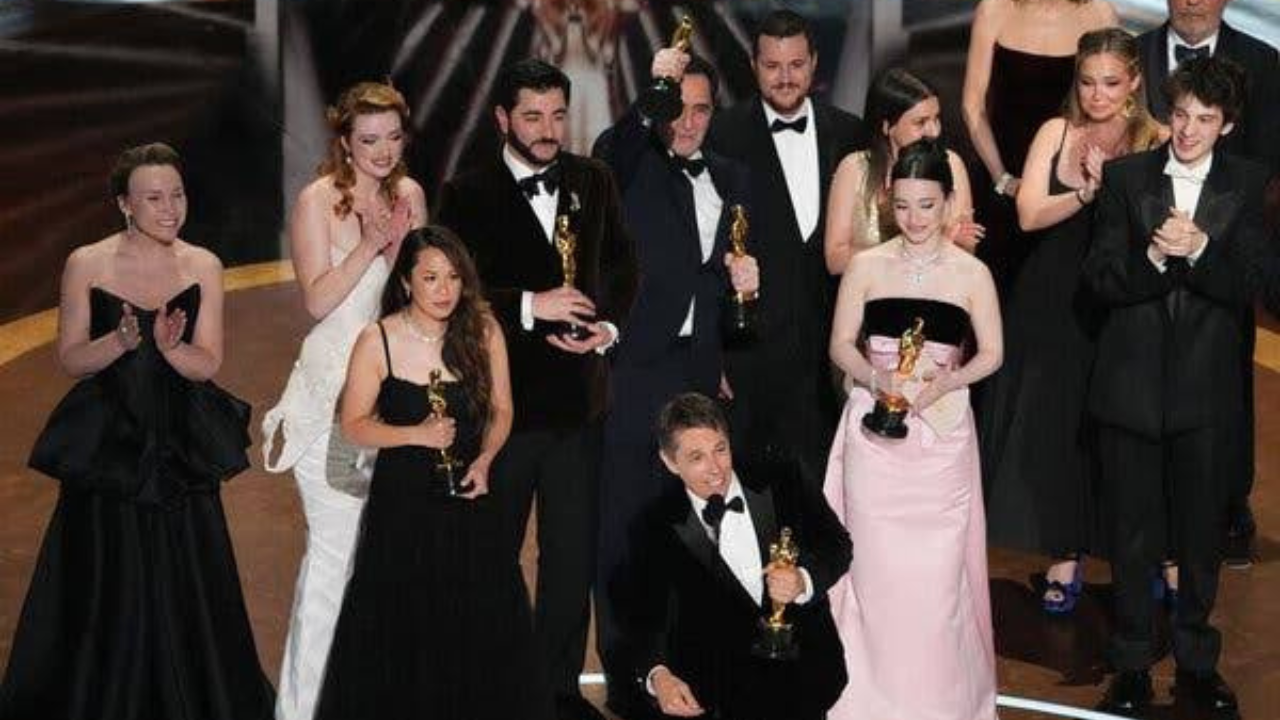
 Events9 months ago
Events9 months agoThe Most Memorable Highlights from the 2025 Academy Awards
-
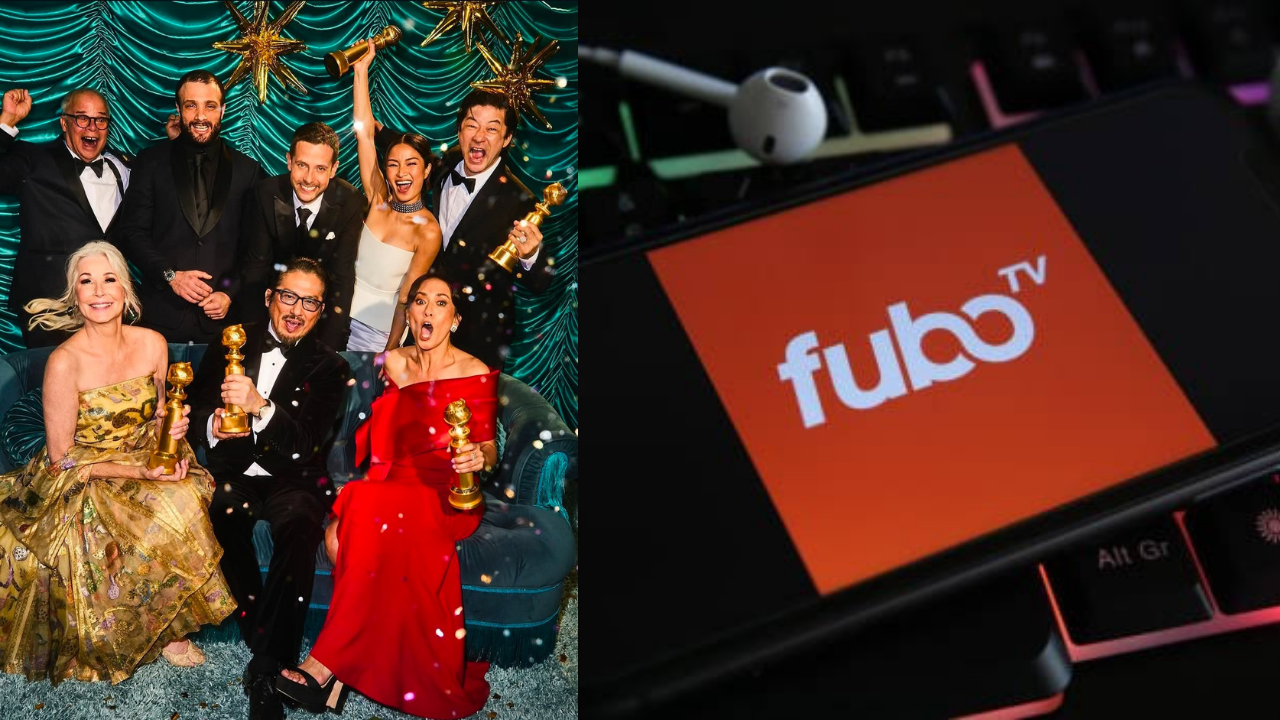
 Events11 months ago
Events11 months agoWeekly Pop Culture Recap: Talkworthy Highlights from the 82nd Golden Globes Awards, Disney’s Merger with FuboTV and Much More
-

 Fashion7 months ago
Fashion7 months agoYour Wardrobe Might Be Reflecting a Recession
-

 Social11 months ago
Social11 months agoMeta Phases Out Fact-Checking and Adopts a Community-Driven Approach similar to X
-

 Events7 months ago
Events7 months agoWhat Indian Celebrities Wore to the Met Gala 2025
-

 Fashion7 months ago
Fashion7 months agoDupatta Labeled as European Aesthetic is a Case of Cultural Erasure
-
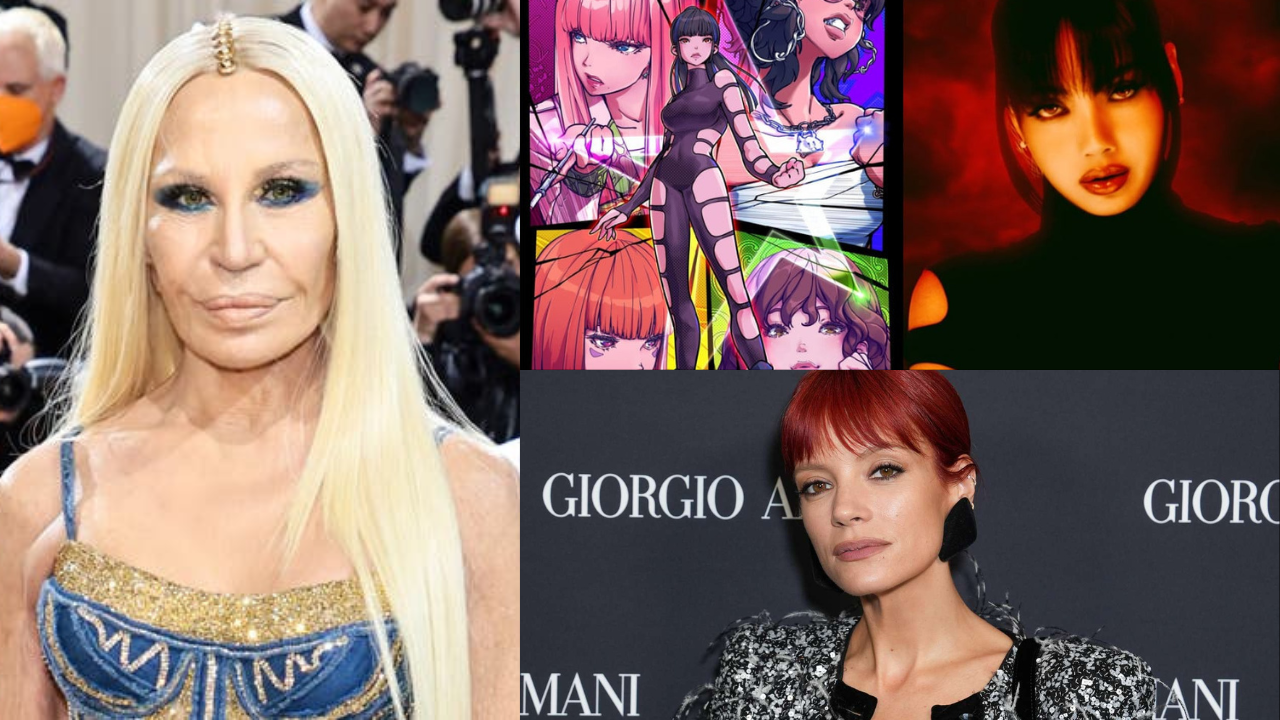
 Fashion9 months ago
Fashion9 months agoWeekly Pop Culture Recap: Donatella Versace has resigned as Versace’s Chief Creative Officer, BLACKPINK’s Lisa is branching out with her graphic novel, ALTER-EGO.
-

 Events6 months ago
Events6 months agoThe Biggest Moments for Indian Cinema at Cannes 2025 That Had Everyone Talking

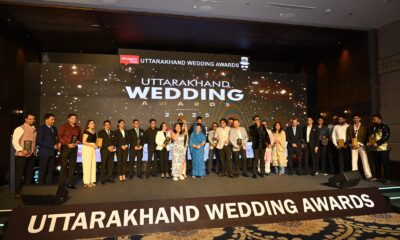

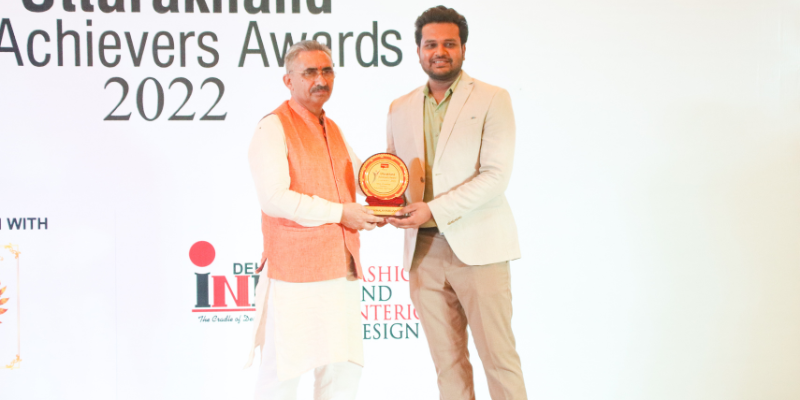






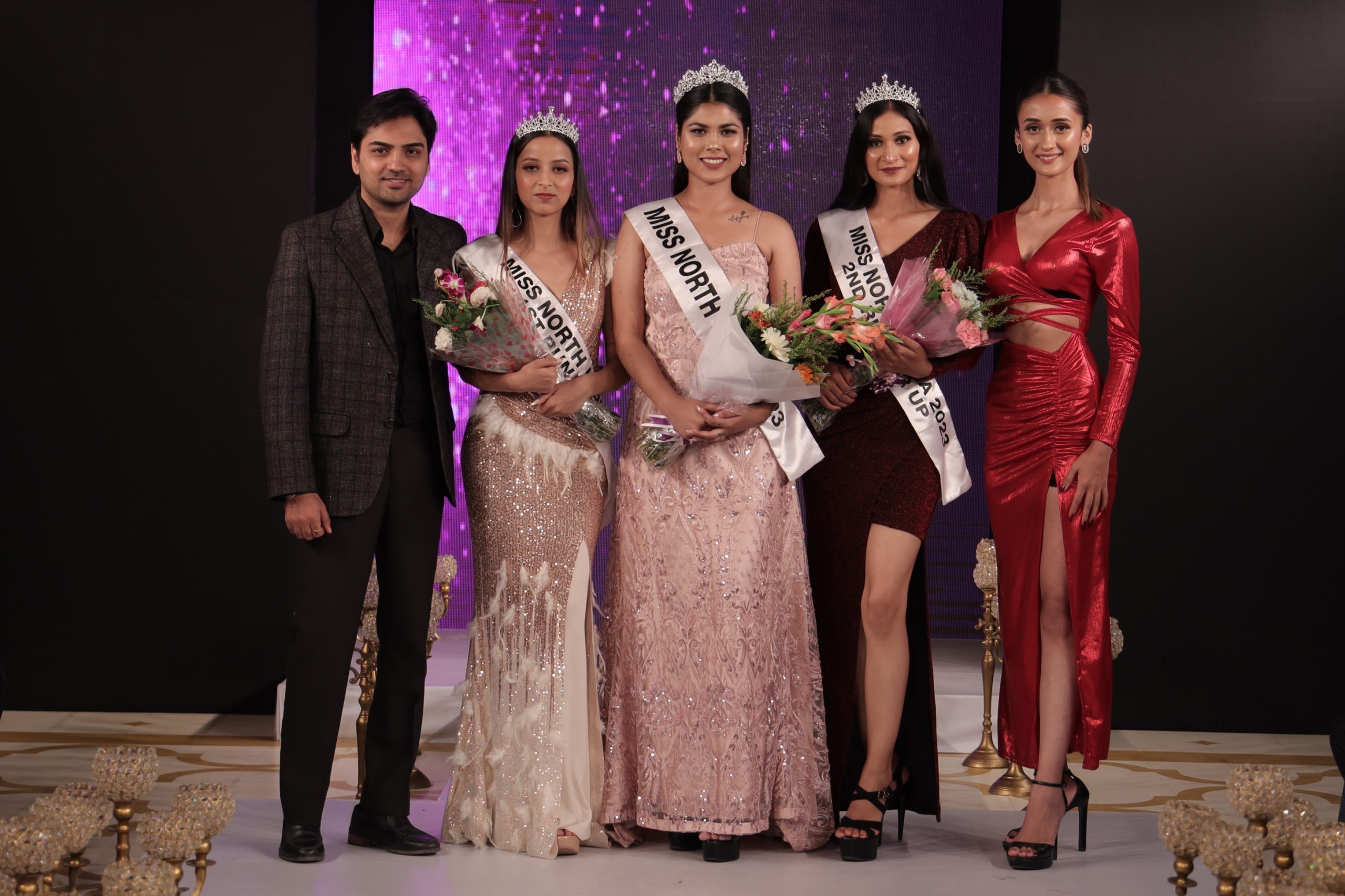
Pingback: Mr. North India 2023, Abhishek Singh Talks About His Journey In The Indian Modelling Industry. - Discultured